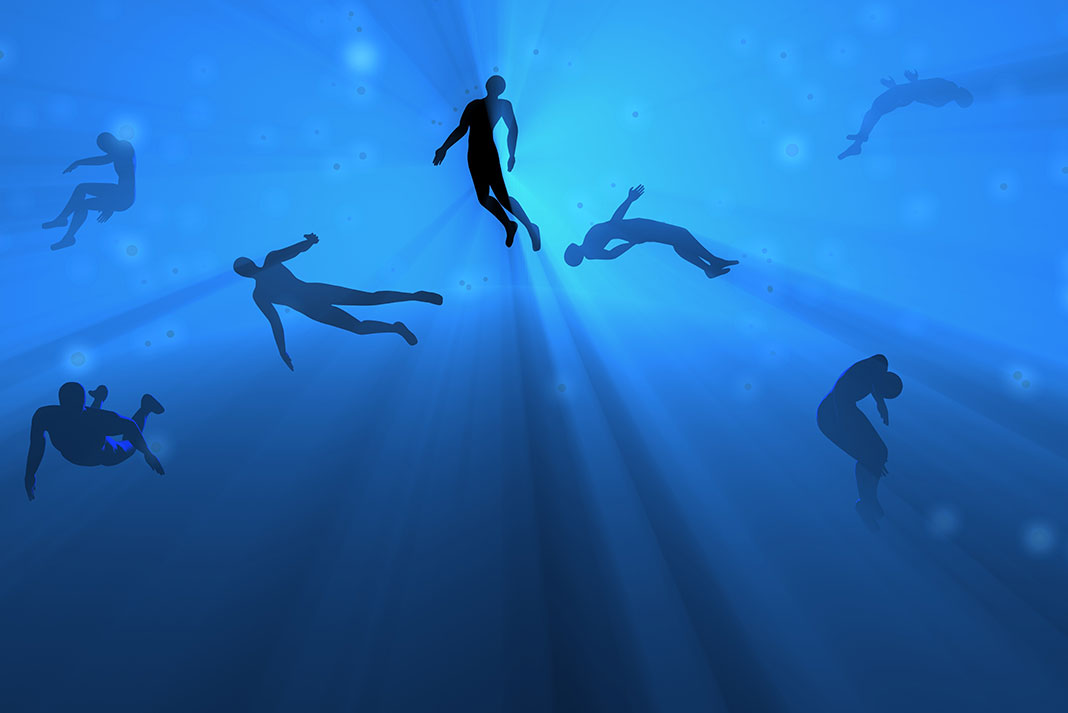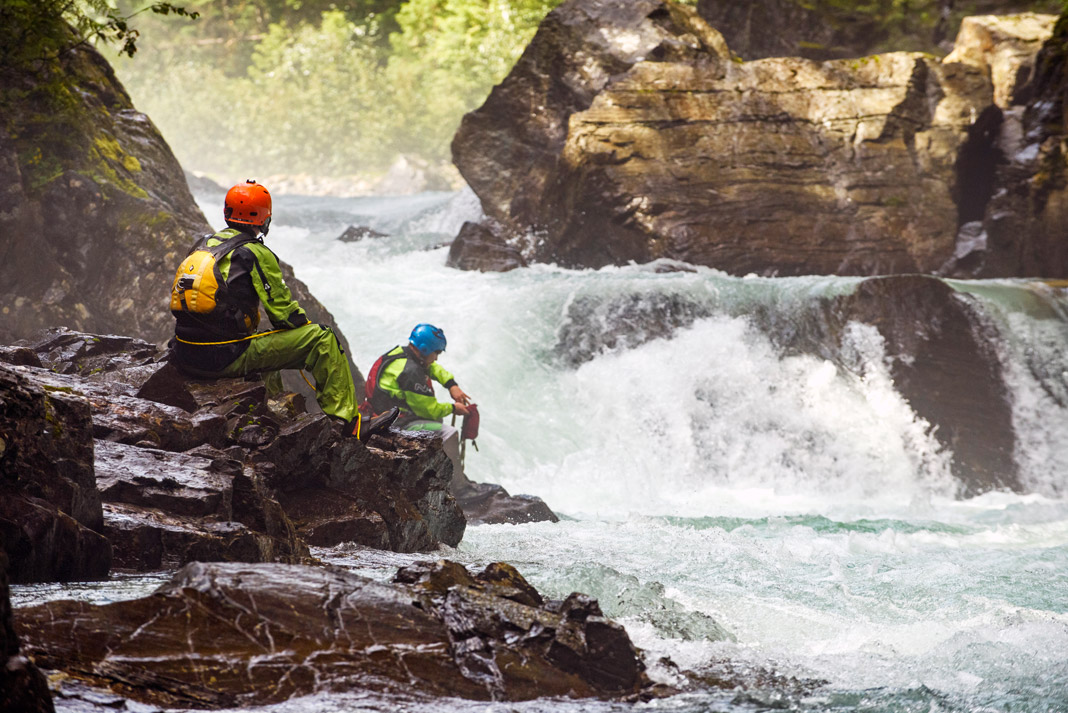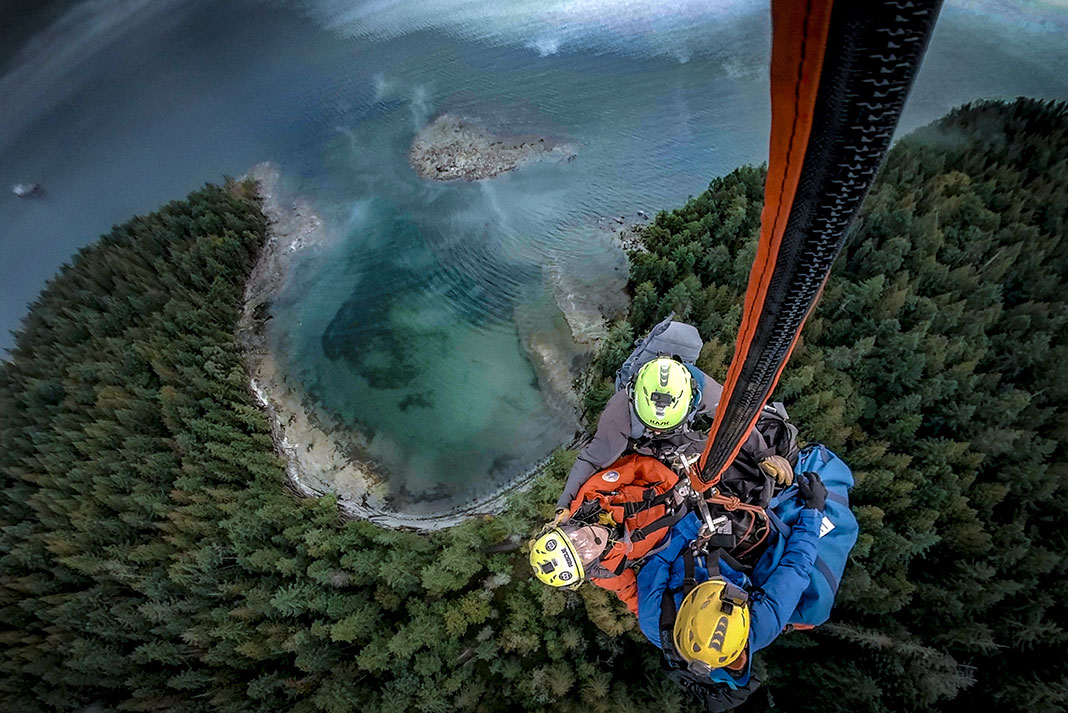The World Health Organization defines drowning as “…the process of experiencing respiratory impairment from submersion or immersion in liquid.” Sounds simple, but you may share some common misconceptions about what really happens when someone drowns.
New York-based drowning death investigator Andrea Zaferes, who works with medical examiners and police around the world, says contrary to what most people believe, drowning victims’ lungs don’t fill up with water.
“It doesn’t take a significant amount of water to potentially cause injury,” Zaferes says. “Just 10 to 20 milliters per kilogram of body weight, with seawater being more potentially destructive than freshwater.”
Also, many more drowning victims are hospitalized and live, compared to those who die. In other words, “you can drown and still survive,” says Dr. Joost Bierens, a disaster medicine expert and drowning researcher with Vrije Universiteit Brussels.
While the following stages don’t always play out, and may not happen in sequence, they provide context for what paddlers could experience in a worst-case scenario.

The steps of drowning
1 Cold shock
Immersion in cold water can overcome your intention to hold your breath. This is called cold shock and its symptoms include gasping, hyperventilation and increased heart rate. The response starts when immersed in water somewhere between 15 and 10°C. The first 30 seconds or so are the worst, but the shock subsides at around the two- or three-minute mark.
2 Stress or panic response
We’re talking about the kind of panic that stems from a paralyzing fear of drowning when suddenly confronted with cold water, rip current, or unexpected underwater objects. This impairs the ability to comfortably breathe. “Fall out of a kayak and have a foot entrapment with whitewater two feet above your head—who is not going to panic? Most folk will,” says Zaferes.
3 Breath-holding
Peoples’ ability to hold their breath differs widely and it’s possible to train yourself to lengthen breath-holding. In warm water, the average maximum breath-hold time is roughly 45 seconds. In coldwater, it’s much shorter.
Drowning by the numbers
Drowning is the third leading cause of unintentional injury death worldwide, accounting for 7% of all injury-related deaths.
Every year, an estimated 37,000 people around the world die by drowning.
After powerboats, the next most common type of watercraft in recreational boating-related fatalities in Canada between 2008 and 2017 was: 23% canoe; 7% kayak.
In the United States, kayaks are listed as the vessel type with the second-highest fatalities, behind open motorboats. Motorboats: 44%; kayaks: 15%.
In 2021, where cause of death was known, 81% of fatal boating accident victims drowned, according to the U.S. Coast Guard.
Of drowning victims with reported life jacket usage 83% were not wearing a life jacket.
Sources: World Health Organization, Drowning Prevention Research Centre, U.S. Coast Guard
4 Elevation of carbon dioxide in the blood
When we breathe in oxygen, our bodies produce carbon dioxide as a waste product. When we hold our breath, oxygen drops and CO2 builds up in our blood. This sends a signal to our brains to take another breath.
5 Breathing in water
At some point, our brains can no longer hold back the need to breathe. Water enters through our nose or mouth, or both.
6 Water in stomach
Some research suggests drowning victims swallow more water than they inhale, which increases the chances of vomiting while underwater or during resuscitation. The risk is you could breathe in your vomit, leading to pneumonia if you survive.
7 Water in lungs
When water enters our noses, it flows into our lungs. More precisely, it flows into microscopic air sacs, called alveoli. Alveoli are coated in a thin fatty layer allowing oxygen to easily pass into nearby blood vessels. When that coating encounters water, it washes away. This makes it harder for whatever oxygen remains in the lungs to reach the blood.
8 Oxygen deprivation
If your body’s oxygen levels drop low enough, your organs begin to shut down. You can lose consciousness and die, or have a cardiac arrest and die. Oxygen deprivation is the ultimate cause of death in drowning.
The steps of not drowning: Step 1, wear a life jacket. Step 2, never skip Step 1. | Feature photo: Adobe Stock




 This article was first published in the Fall 2022 issue of Paddling Magazine.
This article was first published in the Fall 2022 issue of Paddling Magazine. 




